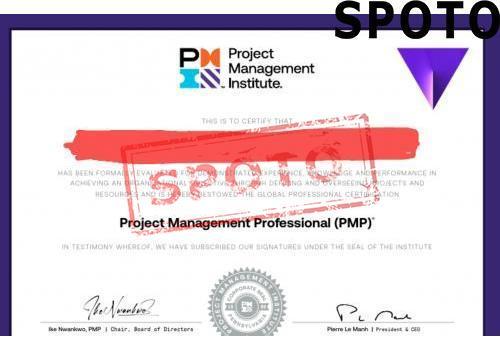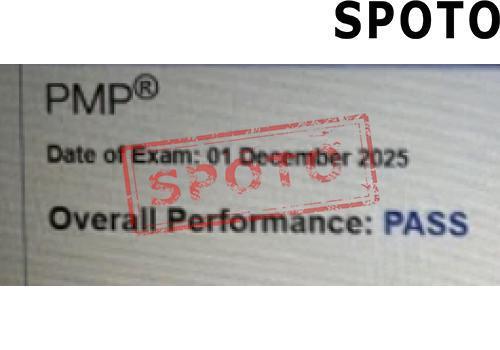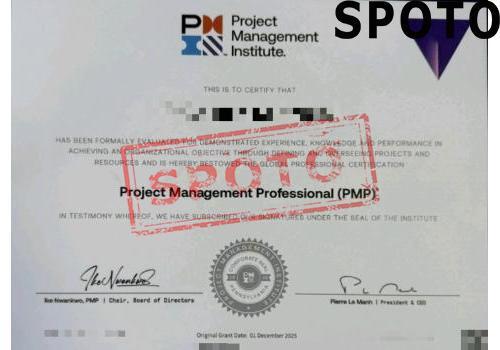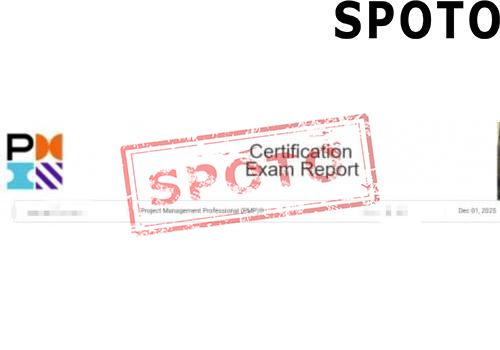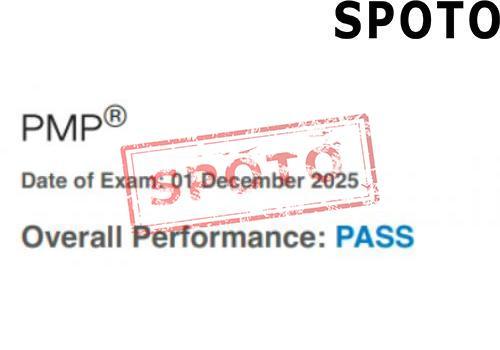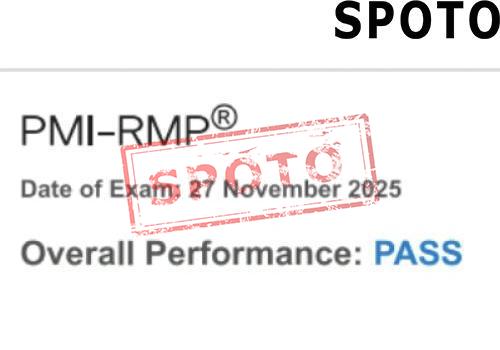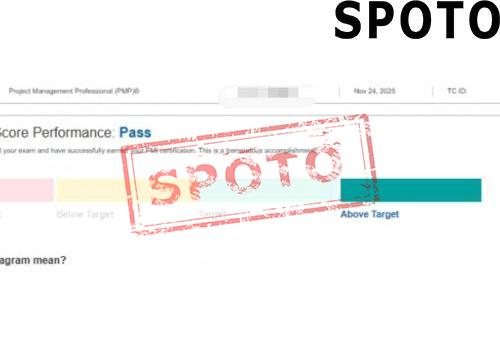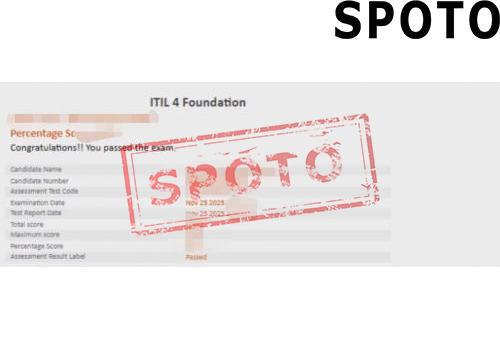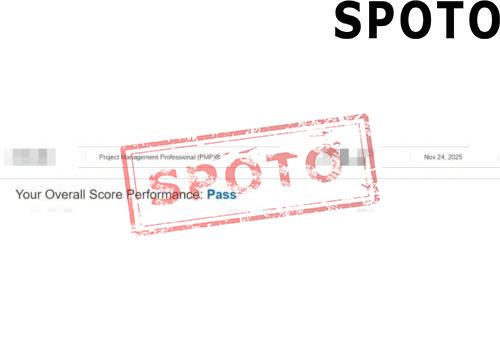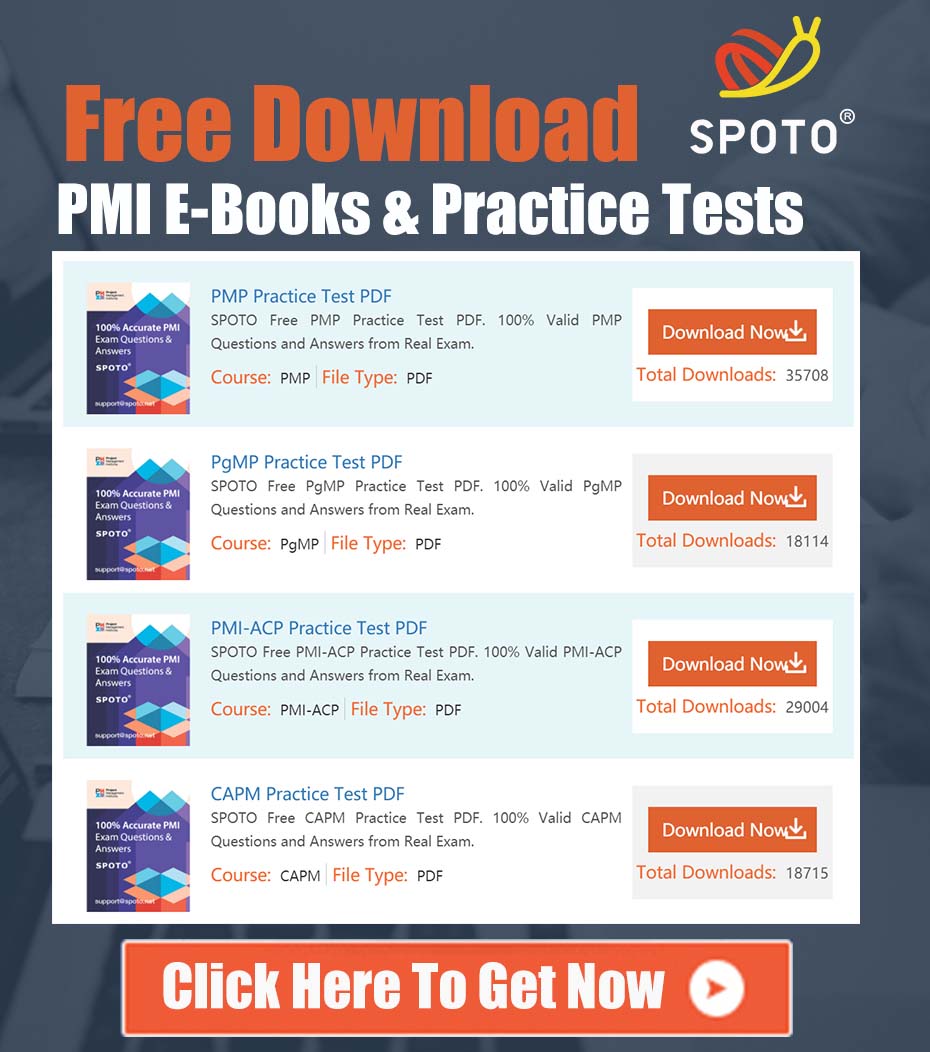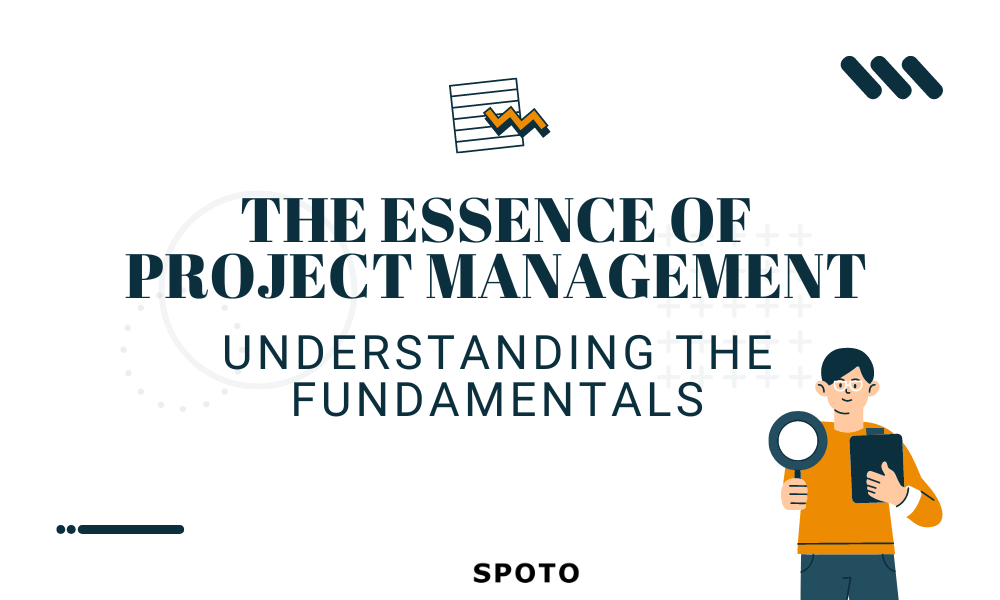
Table of Contents
Introduction to Project Management
At its core, project management encompasses the strategic execution of plans, processes, and methodologies aimed at achieving specific goals and objectives within a defined timeframe and budget. Its significance cannot be overstated, as it serves as the backbone of successful project completion, bridging the gap between conceptual planning and real-world implementation.
Definition and Importance of Project Management
Project management is the art and science of directing and coordinating human and material resources throughout the life of a project by using modern management techniques to achieve predetermined objectives of scope, cost, time, quality, and participant satisfaction. The pivotal role it plays in the successful realization of projects is mirrored in its ability to minimize risks, optimize costs, and ensure the efficient use of resources.
Key Roles and Responsibilities in Project Management
The orchestration of a project demands the collaboration of various roles, each carrying distinct responsibilities. The project manager stands at the helm, steering the project through its lifecycle with an eye on schedule, budget, and quality. Supporting roles include the project coordinator, who assists in the day-to-day management, and various specialists who bring technical expertise to the table. Collectively, these roles form the nucleus of project management, ensuring that each phase, from initiation to closure, is executed with precision and according to plan.
Project Initiation
Project initiation is the first and crucial stage in the project management lifecycle. It involves setting the foundation for the entire project by establishing clear objectives, conducting in-depth feasibility studies, and defining the stakeholders.
a. Identifying Project Objectives and Scope
The process of project initiation begins with identifying the objectives and scope of the project. The fundamentally crucial step, it involves determining what the project aims to achieve and outlining the boundaries concerning what the project does and does not encompass. These objectives articulate the expected outputs, performance, and desired goals of the project, providing the project team with a clear vision and direction. It is through clear, specific, and measurable objectives that the project can stay on track and its success can be evaluated.
b. Conducting a Feasibility Study
Conducting a feasibility study is a key component of project initiation. It determines the practicality and viability of the project before any resources are committed. The feasibility study evaluates various aspects, such as technical feasibility, economic viability, legal requirements, operational feasibility, and scheduling. Through such rigorous analyses, the project team can make an informed decision on whether to proceed with the project, modify it, or discard it.
c. Defining Project Stakeholders
Project initiation also involves defining the project stakeholders. Stakeholders are individuals, groups, or organizations that have a vested interest in the outcome of the project. They can include anyone from the project manager and team members to sponsors, clients, and end users. It is essential to identify and understand stakeholders because their input and involvement can significantly influence the project's direction, scope, and ultimate success. By defining stakeholders at the onset of the project, their needs can be incorporated into project objectives and strategies, facilitating better decision-making and ensuring a smoother execution of the project.
Project Execution: Turning Plans into Action
The heart and soul of project management lies in the phase of project execution. It's the stage where tasks are distributed, progress is monitored, and changes are managed timely. Armed with a plan, project managers transition from strategists to doers in this phase.
Assigning Tasks and Responsibilities
Efficient task assignment is the cornerstone of executing any project. Strides started at this stage pave the path for the project's end goal. With well-defined roles, responsibilities, and a clear understanding of the project's scope, every member of the team gets a clear perspective of what needs doing and by when. One popular tool for task assignment includes the Responsibility, Accountability, Consulted, and Informed (RACI) matrix, ensuring no task slips through unnoticed.
Monitoring Project Progress
Reliable project execution also requires vigilant monitoring of the project's progress. This involves regular checks on the status of tasks, frequently updating the project timeline, and ensuring the project remains within its earmarked budget. This process may also involve leveraging software solutions such as Trello, Asana, or MS Project, collectively creating an accurate picture of the project's progression.
Managing Changes and Issues
It's not uncommon for projects to undergo changes or encounter issues during their lifecycle. Hence, agile project execution must include strategies for change and issue management. These can range from adapting to changes in project scope, shifts in resources, or managing unforeseen risks. Accommodating changes without compromising the project quality is the hallmark of robust project execution. Changes may also be instigated from lessons learned during project execution, contributing to continuous improvement and future project success.
Project Monitoring and Control
Ensuring a project's success necessitates a meticulous approach to overseeing its progression and implementing adjustments as needed. This phase is pivotal for identifying discrepancies between the project plan and actual performance, allowing for timely interventions.
a. Tracking project milestones
Monitoring significant checkpoints within a project, or milestones, is crucial for assessing its health and progress. This process involves comparing planned completion dates with actual achievements, thus providing a clear picture of the project's status. It's a strategy that not only highlights successes but also signals the need for corrective measures in case of delays.
b. Conducting regular status meetings
Status meetings, held at regular intervals, serve as a platform for team members to share updates, discuss challenges, and strategize on upcoming tasks. These gatherings are essential for maintaining open lines of communication and ensuring that all participants are aligned with the project's objectives and timelines.
c. Implementing corrective actions
When deviations from the project plan are detected, it is imperative to take swift and decisive corrective actions. This might involve reassigning resources, modifying schedules, or revising objectives to steer the project back on course. Such interventions are critical for mitigating risks and ensuring the project's alignment with its defined goals and quality standards.
Diverse paragraph lengths and a structured format underscore the complexity and dynamism inherent in project monitoring and control. By embracing these strategies, project managers can significantly enhance the likelihood of delivering successful outcomes.
Project Closure
The final stage of project management, known as project closure, is pivotal for evaluating the project's overall success and learning from the journey. This phase is not merely a formality but a critical step to ensuring that the project's goals have been met and to pave the way for future initiatives.
a. Reviewing Project Deliverables and Outcomes
Upon reaching the culmination of a project, a thorough review of the deliverables and outcomes is essential. This process involves comparing the final results against the initial objectives and criteria set during the project's inception. It's a moment of reflection to appreciate the accomplishments and to critically assess areas of improvement. Such scrutiny ensures that all aspects of the project are accounted for and that the deliverables align with the stakeholder's expectations.
b. Gathering Feedback and Lessons Learned
Gathering feedback is a nuanced art that involves collecting insights from the project team, stakeholders, and clients. This feedback offers a 360-degree view of the project's strengths and areas for improvement. Concurrently, documenting lessons learned is indispensable for honing the art of project management. This practice involves identifying what was successful and what could be enhanced, providing a roadmap for future projects. Engaging in this reflective practice ensures continuous improvement and the advancement of project management methodologies.
c. Documenting Project Closure
Documenting the closure of a project is a meticulous process that serves as the project's archival footprint. This documentation includes a comprehensive account of the project lifecycle, encompassing the project's successes, challenges, and the efficiency of the employed methodologies. It is a vital resource for future projects, offering unparalleled insights and guidance. The closure document acts as a beacon for subsequent initiatives, ensuring that the wisdom gleaned from past projects lights the way for future endeavors.
Project Management Methodologies
a. Introduction to Agile, Waterfall, and Hybrid Methodologies
Project management methodologies are crucial frameworks, guiding the planning, execution, and closure of projects. Among the most prevalent are Agile, Waterfall, and Hybrid methodologies, each offering unique benefits tailored to specific project needs. Agile methodology excels in flexibility and iterative feedback, making it ideal for projects requiring adaptability. Conversely, Waterfall methodology, with its sequential phase approach, suits projects with well-defined scopes and deliverables. Hybrid methodologies combine elements of both Agile and Waterfall, offering a balanced approach for projects needing both structured planning and flexibility.
b. Choosing the Right Methodology for the Project
Selecting an appropriate project management methodology hinges on several factors including project scope, stakeholder requirements, and team dynamics. Agile methodologies are best suited for projects with volatile requirements, emphasizing incremental progress and stakeholder feedback. Waterfall, being more linear, is apt for projects with clear objectives and stable requirements. For projects where both predictability and adaptability are needed, Hybrid methodologies provide the solution, blending the best of Agile's flexibility with Waterfall's structured planning. Ultimately, the choice should align with the project's goals, resources, and constraints to ensure successful execution and delivery.
